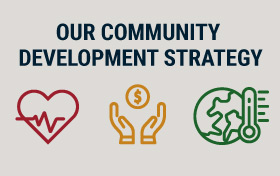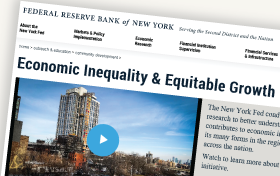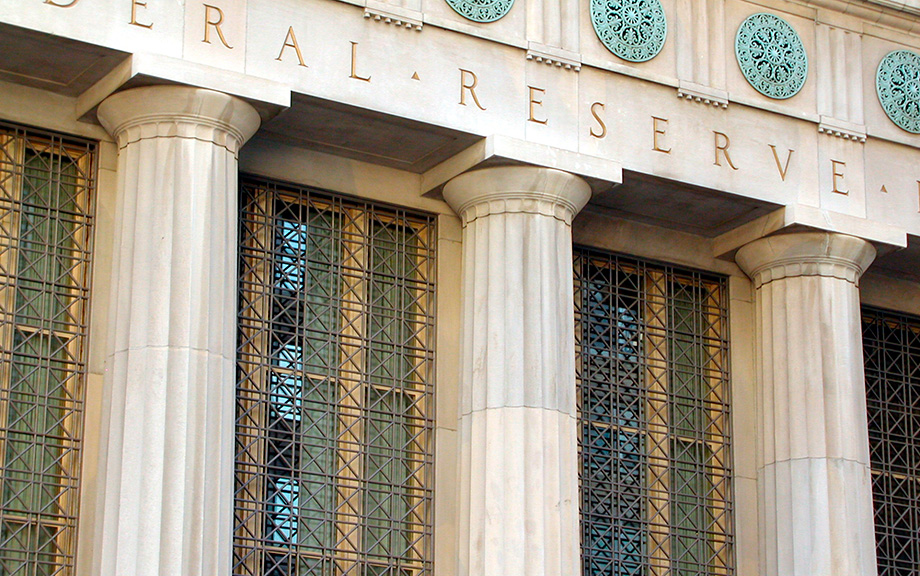
This post discusses the distributional consequences of an aggressive policy response to inflation using a Heterogeneous Agent New Keynesian (HANK) model. We find that, when facing demand shocks, stabilizing inflation and real activity go hand in hand, with very large benefits for households at the bottom of the wealth distribution. The converse is true however when facing supply shocks: stabilizing inflation makes real outcomes more volatile, especially for poorer households. We conclude that distributional considerations make it much more important for policy to take into account the tradeoffs between stabilizing inflation and economic activity. This is because the optimal policy response depends very strongly on whether these tradeoffs are present (that is, when the economy is facing supply shocks) or absent (when the economy is facing demand shocks).





















 RSS Feed
RSS Feed Follow Liberty Street Economics
Follow Liberty Street Economics